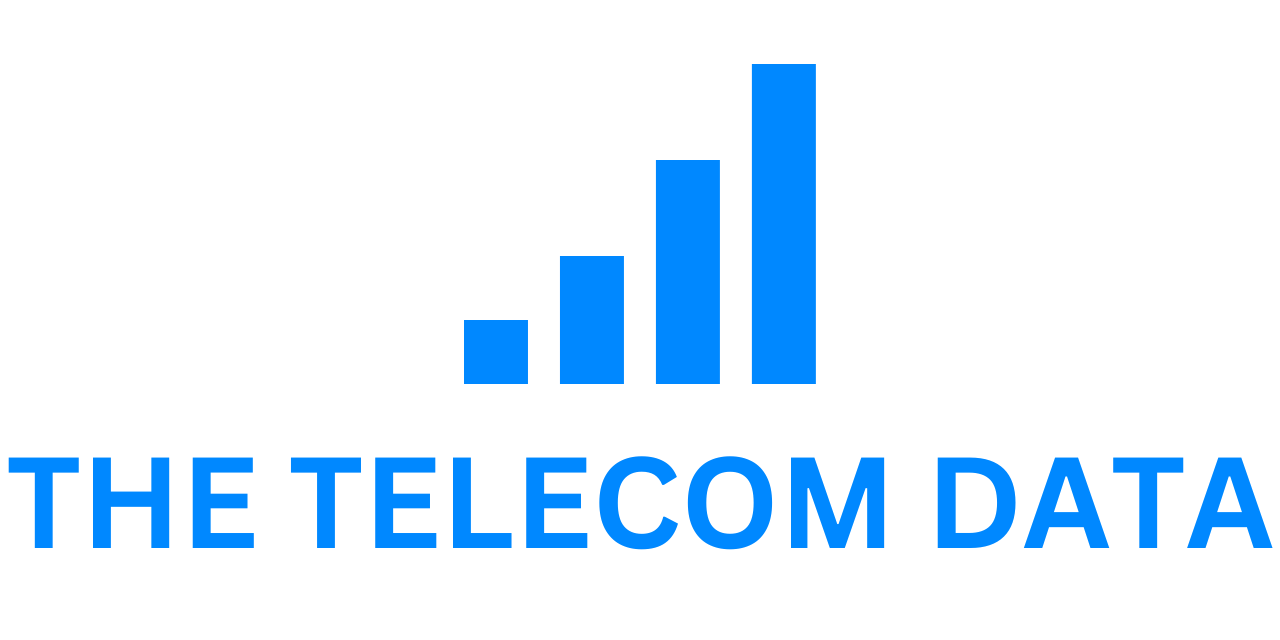AT&T has activated its storm preparedness plan in response to Potential Tropical Cyclone Four approaching Florida. The AT&T Weather Operations Center, staffed with degreed meteorologists, provides business-specific weather intelligence, analytics, and forecasts to help minimize the impact on the AT&T network and ensure the safety of employees.
Network Preparations:
- Refueling generators at cell sites and switch facilities.
- Testing backup batteries at cell sites.
- Protecting physical facilities from flooding.
- Positioning emergency response and network recovery equipment in strategic locations for quick deployment post-storm.
- Preparing dedicated FirstNet® deployable network assets for public safety agencies as needed.
“Customers rely on us, especially during major storms,” said Joe York, president, AT&T Florida. “That’s why we practice readiness drills and simulations throughout the year. We’re positioning equipment and crews to respond if needed and closely coordinating with Florida public officials in their storm response efforts.”
Customer Tips for Staying Connected:
- Save Battery Life: Use power-save mode, disable Bluetooth and Wi-Fi, delete unnecessary apps, or enable Airplane Mode during power outages.
- Keep Devices Charged: Fully charge devices before the storm and have alternative charging methods like a car charger or backup battery pack.
- Keep Devices Dry: Store mobile phones in water-resistant or waterproof cases, or plastic bags.
- Protect Vital Documents: Back up important documents like insurance and medical papers to the cloud or a computer.
- Family Communications Plan: Choose an out-of-area contact as a central point in case family members are separated.
- Update Emergency Contacts: Store emergency contacts in your phone, including numbers for police, fire stations, hospitals, and family members.
- Stay Informed: Access local weather reports using your mobile device if there’s a power outage.
- Use Smartphone Features: Photograph and record damage for insurance claims, and use GPS for evacuation routes or tracking family members.
- Manage Call Volume: To avoid network congestion, limit non-emergency calls and try texting instead of calling.
- Text vs. Call: Text messages may go through faster than voice calls during high call volumes.
AT&T’s Network Disaster Recovery (NDR) Program:
AT&T’s NDR program, one of the largest in the country, includes over 750 pieces of specialized response equipment for rapid deployment, such as:
- Mobile cell sites and command centers.
- Flying COWs® (Cell on Wings).
- Drones for assessing cell site damage.
- Emergency communications vehicles.
- Basecamp operations with sleeping bunks, bathrooms, showers, kitchens, on-site nurse, and meals ready-to-eat (MREs).
- Hazmat equipment and supplies.
- Technology and support trailers for infrastructure support and mobile HVAC.
- Resources for initial assessment and recovery efforts.







